Every time Tet comes, many countries in the world have different customs to welcome the new year. Although they all wish for a happy, lucky new year with lots of wealth and health, the cultures of the countries create many differences in the tradition of welcoming the Lunar New Year.
Malaysia
In Malaysia, Lunar New Year is a time to welcome spring and for families to gather together. The main part of the festival will take place on the first two days of January. However, other activities such as New Year greetings, lion dances, and meeting relatives will last until the full moon day.
On the Malaysian New Year's Eve dinner tray, yee sang is a salad of raw fish and vegetables, symbolizing abundance, luck, fortune and health.
In particular, on the 15th, also known as Chap Goh Mei (15th night), is the time when young single women in Malaysia throw tangerines with their names and phone numbers written on them into rivers and lakes, hoping to meet their "dream lover". Then, young men will be the ones to scoop up the tangerines and proactively contact the lucky girl.
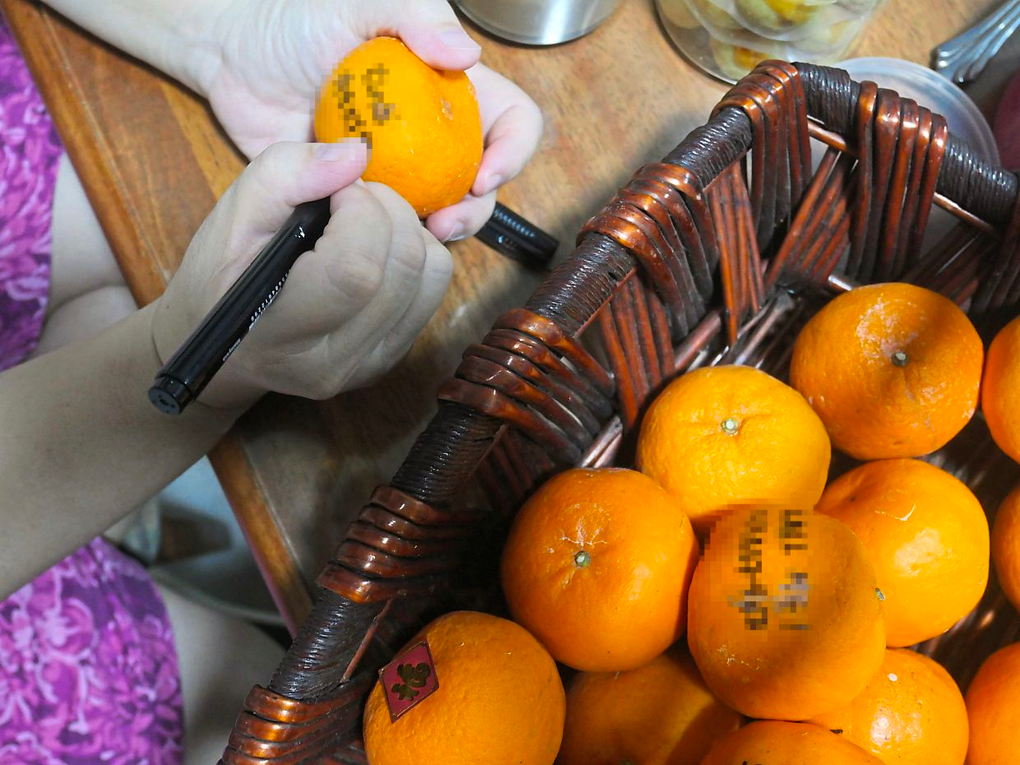
Throwing tangerines with names and contact details written on them into rivers and lakes is a tradition for single young men to find a partner on New Year's Day in Malaysia (Photo: The Star).
Philippines
It was not until 2012 that the Philippines officially recognized Lunar New Year as one of its major holidays. Like Vietnam, on Tet, Filipinos go to temples or churches to pray for a happy, peaceful and prosperous year.
In this country, Binondo Chinatown in Manila (Philippines) is the place where the most vibrant and joyful festival is held. Not only lion and dragon dances, Filipinos also set off fireworks as a way to ward off evil spirits and bad luck to welcome the new year.
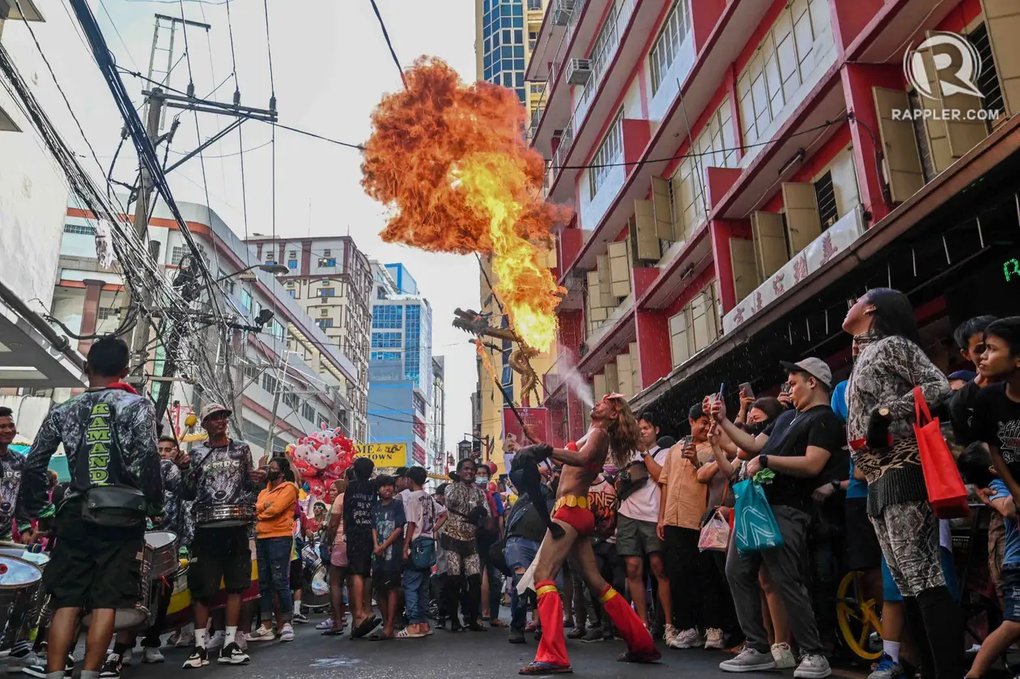
Korea
For Koreans, while Christmas is a time to gather with friends and meet lovers, Seollal (the Korean name for Lunar New Year) is a holiday for family reunions.
Like many other countries, on the 30th of Tet, Koreans will bathe and clean their houses to prepare for the new year.
For Koreans, the most important custom during the New Year is “sebae” – when all family members bow three times to their ancestors. Then, the younger generation of the family bows to their elders to show respect and wish for a happy new year.
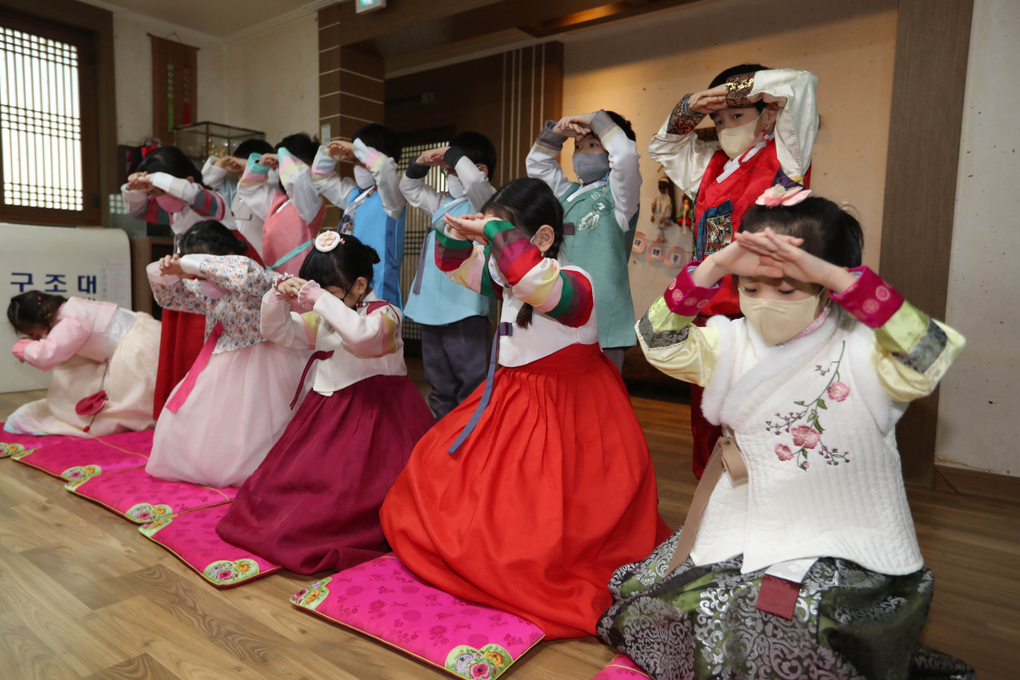
For Koreans, rice cake soup is a traditional dish that cannot be missed on the New Year's Eve dinner tray. The white color of the rice cake slices represents purity and cleanliness to start a good new year.
Although Seollal is an opportunity for family members to reunite, in recent years, many young people in this country have chosen not to return home during the Lunar New Year holiday.
Accordingly, the trend of spending holidays working and earning extra income is also gradually spreading, especially among the MZ generation (Millennials - those born in 1980-1996 and Generation Z - those born in 1997-2012).
Source link


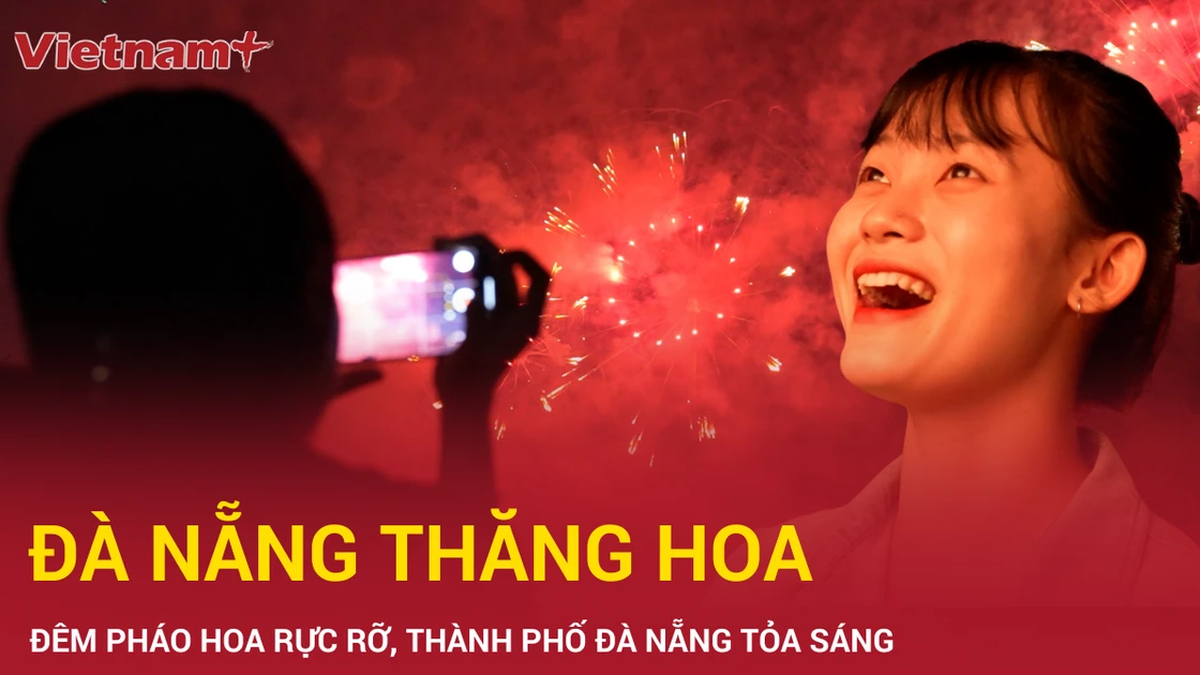
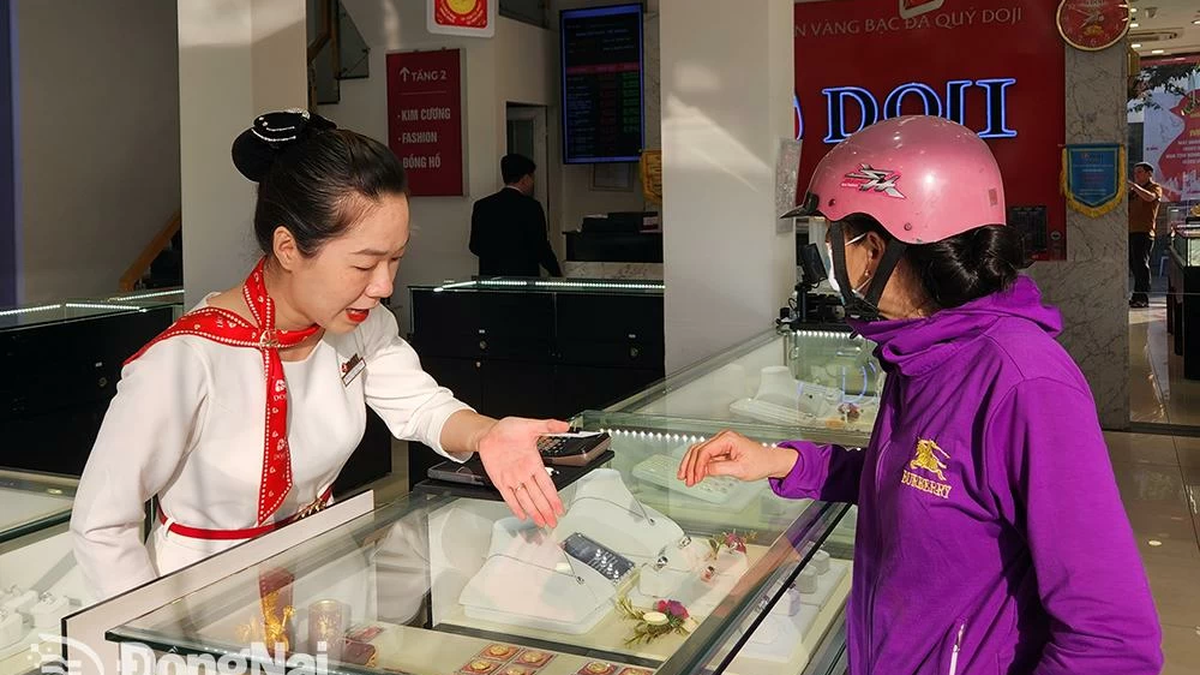
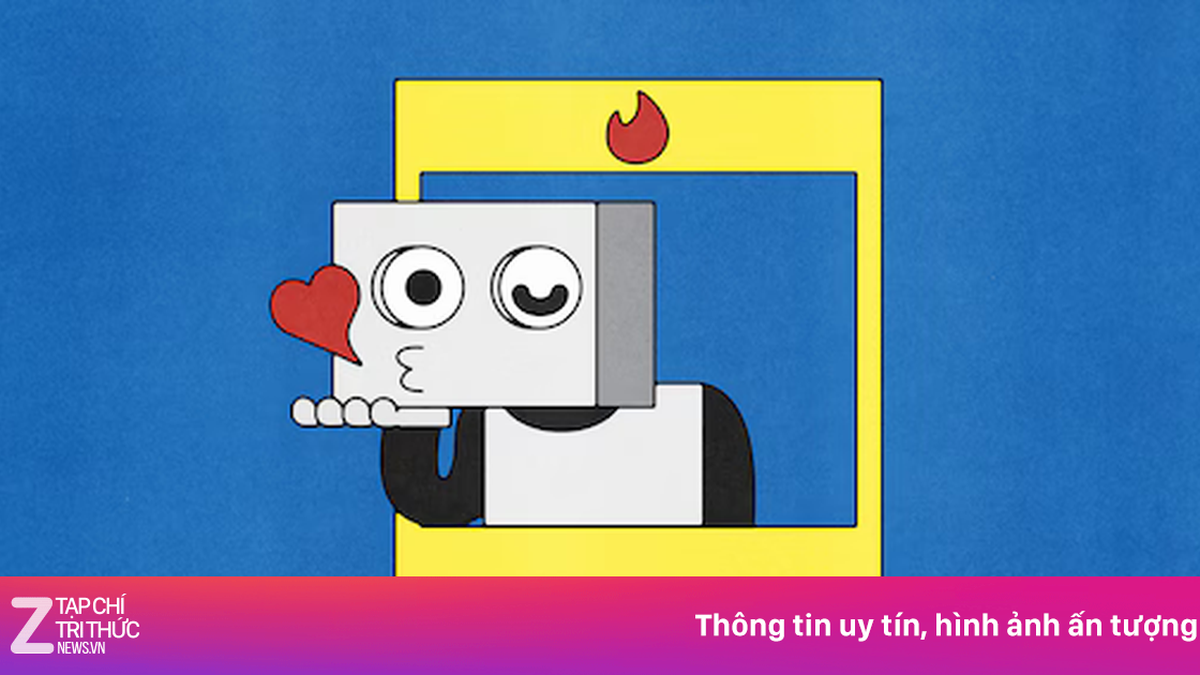

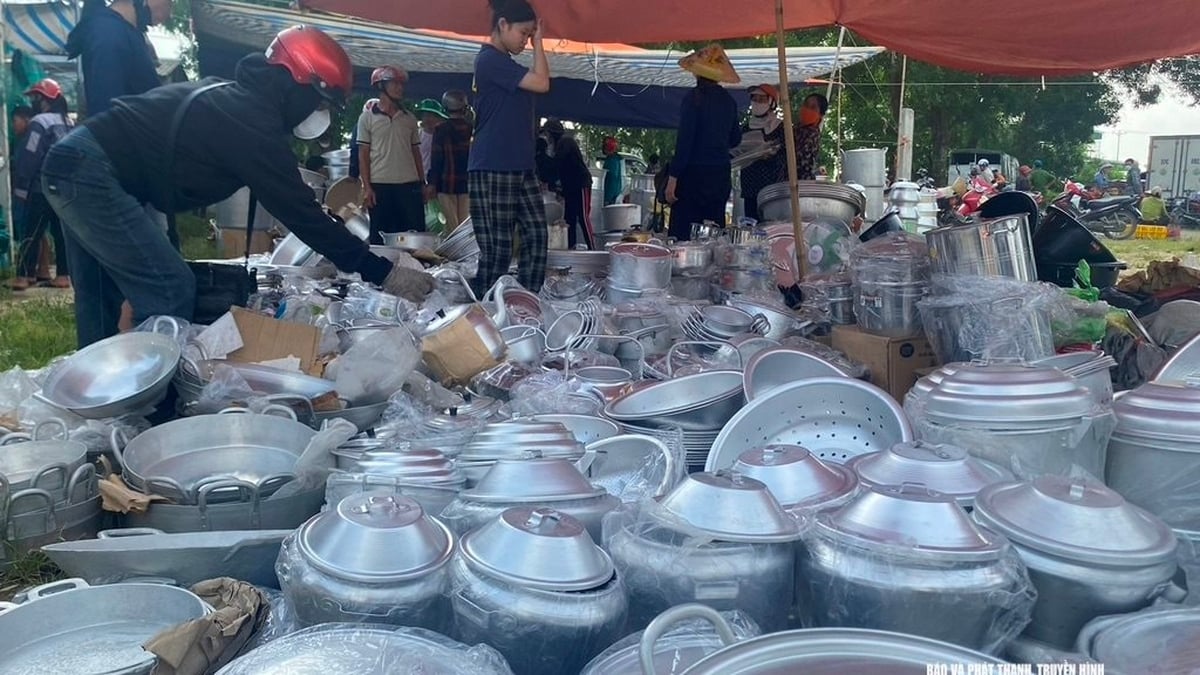
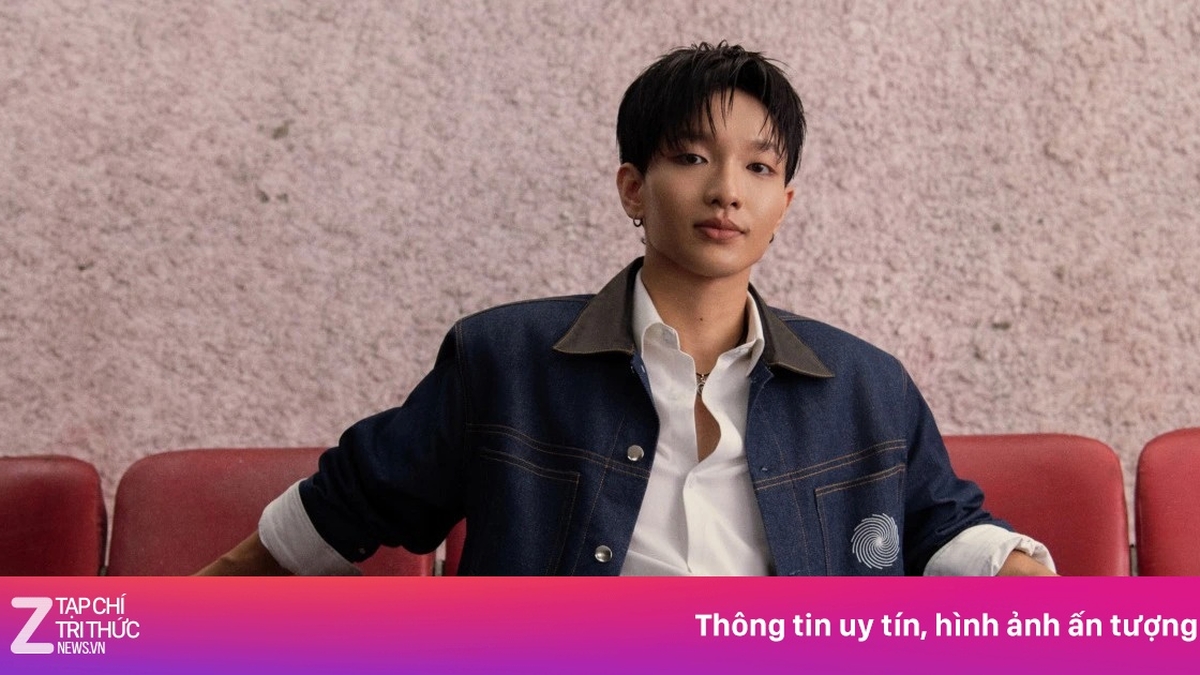
![[Infographic] Key tasks of the tourism industry in the last 6 months of 2025](https://vphoto.vietnam.vn/thumb/1200x675/vietnam/resource/IMAGE/2025/7/13/b88287195e194b449e95457db170a92b)













































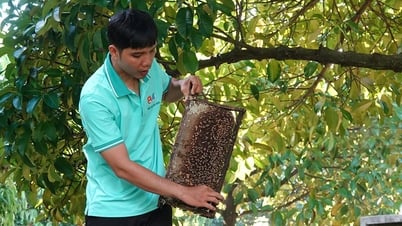









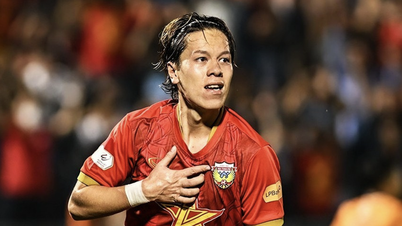

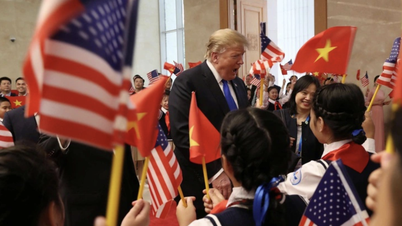

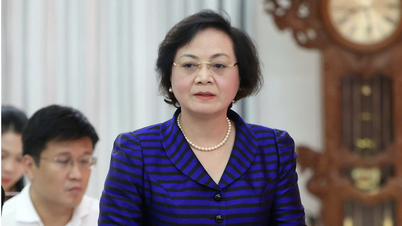

































Comment (0)